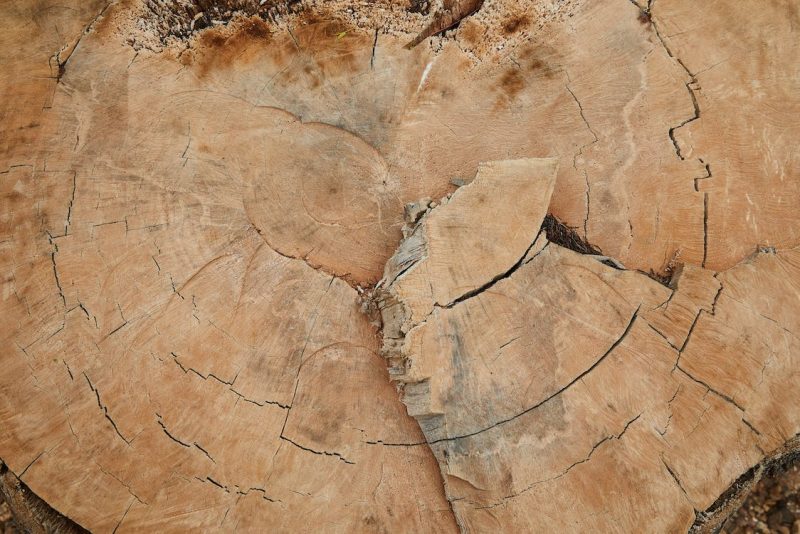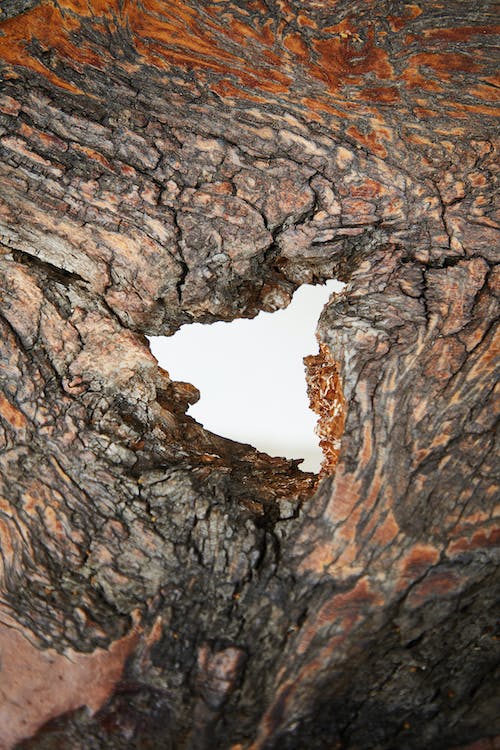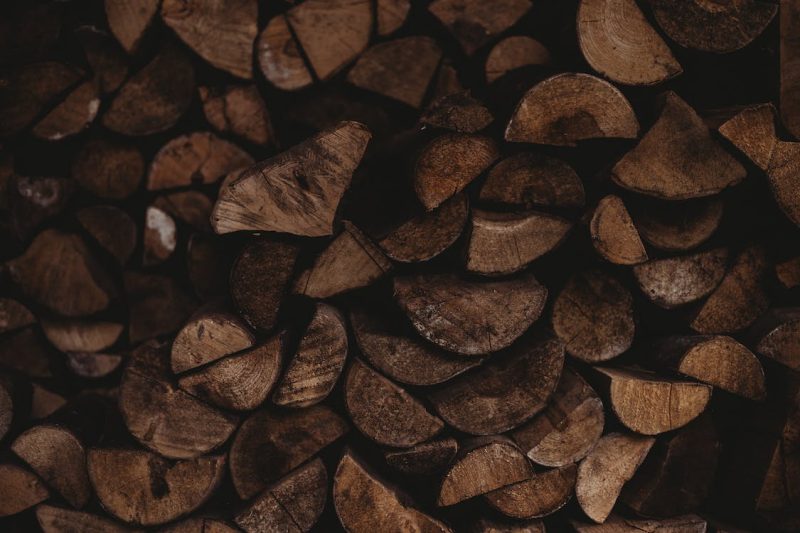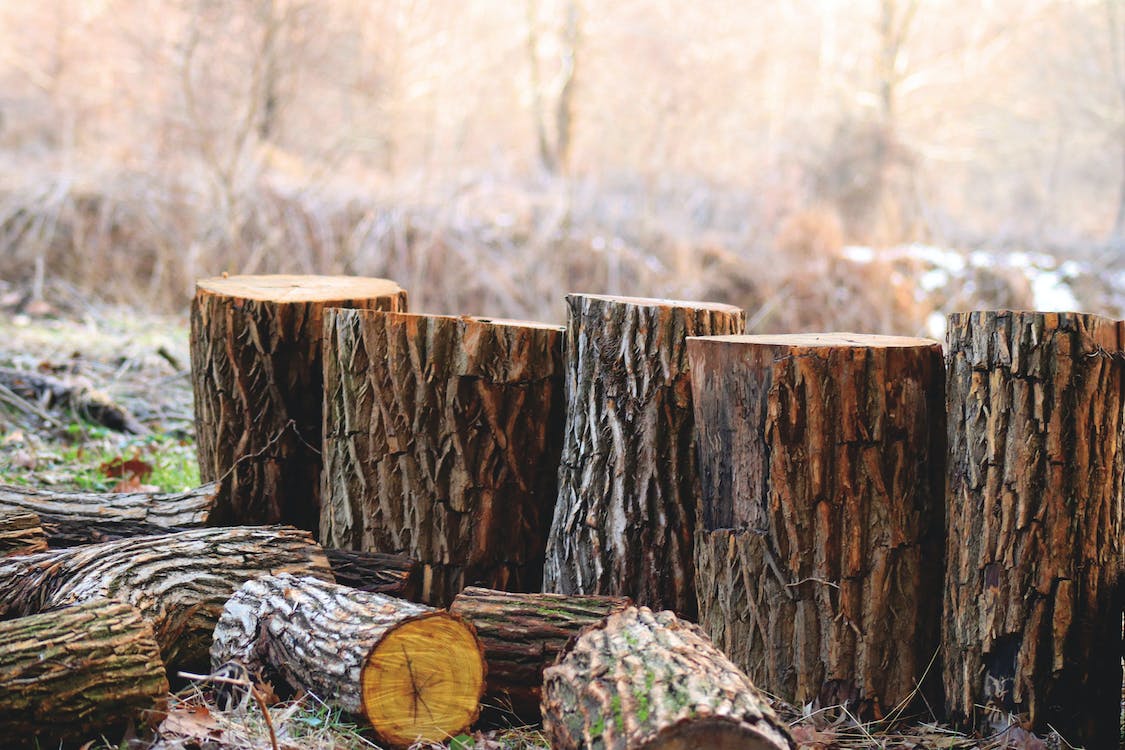Quick Guide to Kiln-Dried Wood: Everything You Need to Know
For ages, wood has served as the foundation of the furniture and building industries. To achieve the desired qualities of the wood, such as strength, flexibility, and adhesive compatibility, it has to be processed through what we call kiln-drying.
Kiln drying is one of the most popular methods of wood drying. Kiln-dried lumber is frequently used for furniture because of its durability and relative strength. It has a significantly reduced moisture level, which is why it can last longer.
Kiln-Dried Lumber
A kiln is an oven or furnace used to dry and bake things like wood and clay. You can control temperature, ventilation, and humidity levels with a kiln, resulting in dry lumber with higher quality.
The main benefit of a Kiln is the fact that it accelerates the drying process. The majority of wood production mills utilize Kilns to reduce the moisture content of the green lumber to the desired level. The procedure’s goal is to maintain the moisture at a level where it won’t result in further harm. In the process of making furniture, kiln drying can prevent lumber from twisting and warping.

Kiln-drying Process
Kiln drying takes place in a sealed chamber compared to air drying. In the sealed chamber, you may control the temperature, humidity, and airflow to reduce the amount of moisture present inside.
The increased temperature speeds up diffusion, which aids in bringing out the moisture of the lumber. Airflow and relative humidity in the kiln help in the evaporation of moisture.
Changing temperature, airflow, and humidity in the chamber can help you reach the Equilibrium Moisture Content (EMC) quickly and efficiently. Take note that the moisture content of wood depends on its species and size of the timber in question.
Kiln Structure
A typical kiln consists of the following:
- Kiln Chamber – Typically, bricks and concrete are used to build wood mills. However, because aluminum is lightweight, aluminum-built kilns are becoming more and more common.
- Heat Supply – The heat may be generated by a variety of places, including radiators, heat exchangers, or heating pipelines.
- Humidifiers: Humidifier systems use atomized water sprays or perforated pipes to inject steam into the wood.
- Fans: Fans, when placed on the roof and in the walls, provide air circulation required to effectively release the moisture from the wood.
Types of Kilns
- Conventional: It has both coils of steam and hot water, which serve as the heat source. The water that has been drained from the wood evaporates into moisture, which is subsequently drawn out by ventilators or fans. Although this method of drying wood produces outstanding results, it consumes a lot of energy.
- Dehumidification: The removal of water from the wood during this kiln-drying process requires the use of a heat pump system. It is more affordable and effective since the heat utilized in this method may be recycled.
- Solar: You can utilize a solar panel to supply the necessary heat in a solar kiln. However, because it is weather-dependent, receiving kiln-dried wood from this procedure is unreliable. When there is cloud cover, the kiln drying process will be delayed

Before and After the Kiln-Drying Process
Before sending the timber to a kiln, it needs to go through the following:
- Debark and sort felled trees into logs by species, size, or by end-use.
- Cut the logs into lumber as required.
- Sort the timber by species and dimensions to make the wood-drying process faster.
After the Kiln Drying process, it goes through the following:
- Once the wood reaches the correct moisture level, you need to plane it into final dimensions.
- Sort it depending on the grade and ship it for the desired application.
- Prevent the kiln-dried lumber from absorbing moisture further down the line.
Kiln-Dried VS. Air-Dried Lumber
Similar to kiln drying, air drying is a well-known method of drying wood. Lumber pieces must be stacked with spacers between them to dry by air. You can shelter it with a canopy or piece of wood and then let nature take its course.
Both processes come with a few unique benefits and drawbacks of their own.
Air-Dried Lumber |
Kiln-Dried Lumber |
| Air-drying doesn’t kill any insects, eggs, bug larvae, mold, and fungi in the wood, leaving it vulnerable to a potential infestation. | As the kiln-drying process uses heat (170F), it kills most of the insects, eggs, bug larvae, mold, and fungi. So, kiln-dried logs and furniture can last relatively longer. |
| Air-dried lumber may require chemical treatments to increase its lifespan. | Kiln-dried lumber doesn’t require any harsh chemical treatments as the heat effectively sanitizes it. |
| During air-drying, resins continue to be liquid and runny. | The heat in the kiln dries off the resins in softwoods. |
| Air-drying is a natural process that can take up to 8 -16 months, depending on the species of wood. | Kiln drying, on the other hand, usually takes 6 – 8 weeks. |
| This process doesn’t introduce any internal tensions in the wood. So, you can easily work on it using hand tools. | Kiln drying, however, can cause the wood to shrink. That, in turn, makes the wood fragile, breaking it off when using hand tools. |
| While air-dried wood may absorb moisture, it doesn’t swell because the cells collapse and compress as the timber air dries. | After coming out of a kiln, the dried lumber needs to be kept in a controlled climate. When exposed, it starts absorbing moisture and may start swelling. |
| Air-dried wood is often moister in the middle compared to the edges as the drying process is not uniform. | Kiln-dried wood dries uniformly in a closed chamber. |

Benefits of Kiln-Dried Wood
The drying of wood for furniture is the main objective of this operation. The advantages of kiln-dried wood furniture include the following.
- Kiln-drying the wood produces exceptionally durable furniture by preventing warping or tiny cracks from forming over time.
- Up to 90% of the moisture can be removed during kiln drying, making the material resistant to bacterial attack.
- Insects, larvae, eggs, bugs, and mold are also killed, extending the life of the furniture.
- Kiln-dried wood can be finished pretty quickly.
- It reduces the number of imperfections in the wood, improving its usability.
- Due to these advantages, kiln-dried wood is preferred by the majority of US-based furniture manufacturers.

